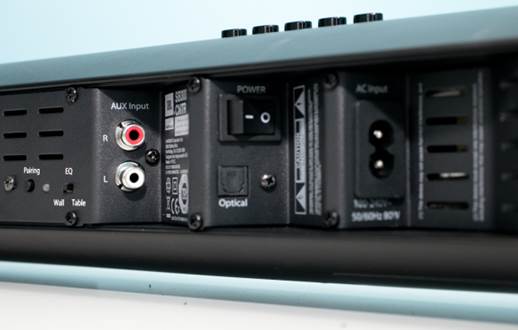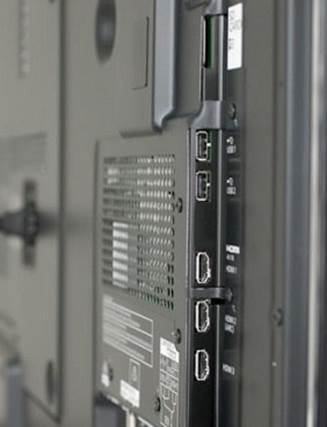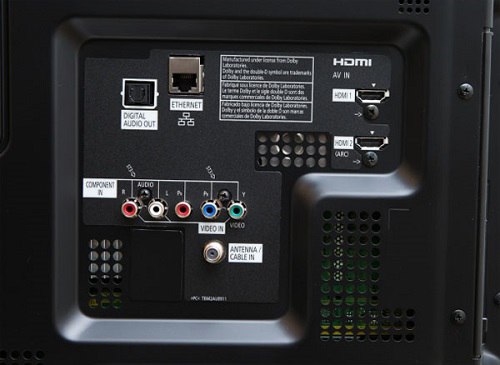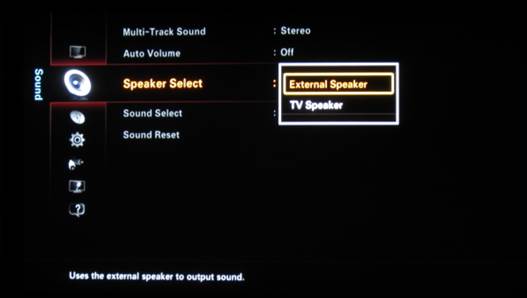With a few simple setup steps, you can use
your TV as an audio converter in order to be able to connect to other
multimedia devices.
Current TVs’ integrated speakers often provide
mediocre sound quality, not the best. Therefore, in order to bring a better
experience on watching movies, many people often install a sound bar speaker
system. However, this kind of speakers has very few ports, usually the digital
signal port and analog, which are not enough to connect to a modern home theater
system including a DVR, game consoles, Blu-ray player and multimedia signal
box.

The
JBL SB 300 Speaker System has only 2 inputs on the back, but you can connect
more additional devices by using the TV as a converter.
Fortunately, you can overcome the lack of
ports on the sound bar speakers by using the TV itself as a converter. Below
are the steps for you to follow:
Connect the home theater devices with TV

In
most cases, you only need to connect all home theater devices to the TV's HDMI
port.
First of all, you have to connect all your home
theater devices such as a DVR player, game consoles, etc. directly to the TV.
In most cases, you only need to connect the HDMI cable from the device to one
of the HDMI inputs of the TV. If your device only supports analog videos, most
of the TVs still have at least one port of this category.
Connect the audio outputs of the TV to the soundbar
speakers

Use
the TV's digital audio output (on the upper left) to connect to the sound bar
speakers.
Some TVs have only digital audio outputs or
analog outputs whereas others have both. If your TV does not have any audio
output, you will not be able to use this method; then, you have to connect the
TV's audio output to one input of the sound bar. It is advised to use the
digital audio output if the TV and the sound bar both support it, but the analog
audio output will also work well.
Turn off the TV's internal speakers

To
let your TV use an external speaker, you must turn off the TV’s built-in speakers.
If you have connected everything correctly,
you will hear some sound from the sound bar speaker, but that sound may be produced
from both the TV and the sound bar. With that way, the sound quality will not
be good, so you must turn off the TV's internal speakers. How to do it depends
on the type of each TV; you need to consult the manual accompanying the device.
Normally, you can select the Sound menu, then select Speaker Select >
External Speaker.
The drawbacks
Although this method is used to connect
home theater devices effectively in most cases, there are still some problems
to encounter.
First of all, most TVs do not often have a
dedicated port for audio, especially the digital standard. To fix this problem,
users can use the analog audio input from the A/V analog port.
Another case is that the TV does not have
enough ports for all devices. For this, just connect several devices directly
to the sound bar speakers and the other devices directly to the TV, but doing
like that, you will see find yourself in some kind of trouble.
Another option is to buy an HDMI adapter to
have an additional input port. This will not cost much, but it will make your
system configuration messier and make switching ports more complicated.
Finally, there may be some kinds of TVs
that do not produce sound received from the HDMI port as some TVs manufactured
long ago are configured only to produce the sound from the integrated OTA radio
tuner.